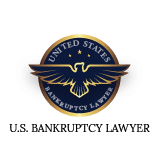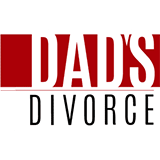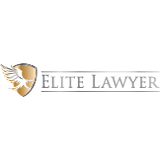When Can Cramdowns and Lien Stripping Be Used During Bankruptcy?
 People who are looking to get out of debt may be unsure about their options for filing for bankruptcy, but by consulting with an attorney, they can determine the best methods for eliminating debts, reducing the amounts they owe, and avoiding issues such as foreclosure. Many people are unaware of the benefits they may be able to receive by filing for bankruptcy, which may include the reduction of the amounts they owe on certain loans. A bankruptcy lawyer can help determine whether techniques known as “cramdowns” or “lien stripping” may be used to address home mortgages, auto loans, or other debts.
People who are looking to get out of debt may be unsure about their options for filing for bankruptcy, but by consulting with an attorney, they can determine the best methods for eliminating debts, reducing the amounts they owe, and avoiding issues such as foreclosure. Many people are unaware of the benefits they may be able to receive by filing for bankruptcy, which may include the reduction of the amounts they owe on certain loans. A bankruptcy lawyer can help determine whether techniques known as “cramdowns” or “lien stripping” may be used to address home mortgages, auto loans, or other debts.
Reducing and Reclassifying Debts During Chapter 13 Bankruptcy
The approach to different types of debts may differ depending on the type of bankruptcy a person pursues. While Chapter 7 bankruptcy will allow for the elimination of most debts, this could result in the loss of certain assets, including through the repossession of a vehicle or a home foreclosure. For those who are looking to maintain ownership of their assets, Chapter 13 bankruptcy may be the preferred option.
In a Chapter 13 case, a debtor will propose a repayment plan in which monthly payments will be made toward certain debts over several years. In addition to paying some of what is owed toward unsecured debts (such as credit cards or medical bills), missed payments toward secured debts (such as a home mortgage or auto loan) may be made up through the repayment plan. When creating a repayment plan, some secured debts may be reduced, or they may be reclassified as unsecured debts.
A “cramdown” will involve the reduction in the total amount owed toward certain debts. If the amount owed by the debtor is more than the value of the assets used to secure the debts, the principal owed on the loan may be reduced to reflect the actual value of the collateral. For example, if a person owes $10,000 on an auto loan, but the current resale value of the vehicle is $8,000, the principal of the loan may be reduced to this amount. Cramdowns are generally available for loans other than home mortgages on a debtor’s primary residence.
“Lien stripping” may be used to reclassify junior mortgages on a home and discharge these debts through bankruptcy. If a home has a second mortgage, a home equity line of credit, or another junior loan, and it is “underwater,” meaning that the value of the home is less than what is owed on the primary mortgage, the junior liens may be “stripped off.” This means that these loans will be considered unsecured debts, and once a Chapter 13 repayment plan is completed, they may be discharged.
Contact a United States Chapter 13 Bankruptcy Lawyer
Determining how to handle different types of debts during the bankruptcy process can be a complex task, and debtors will want to work with a qualified and experienced lawyer to make sure they address these issues correctly. A skilled Chapter 13 bankruptcy attorney can provide invaluable guidance during this process, ensuring that a person meets all requirements to receive relief from their debts.
Sources:
https://www.investopedia.com/terms/c/cramdown.asp
https://homeguides.sfgate.com/can-keep-home-release-second-mortgage-debt-through-bankruptcy-47148.html
















